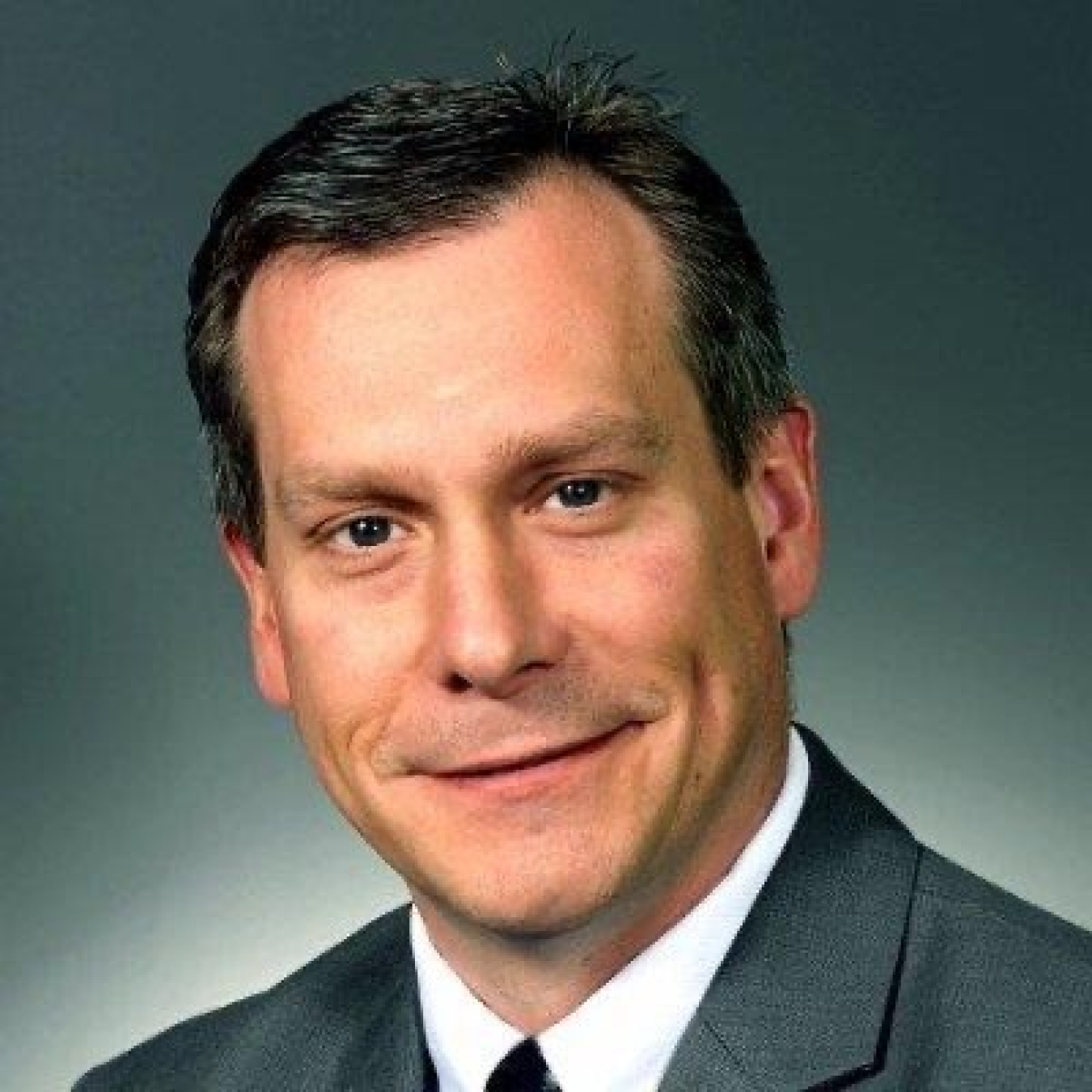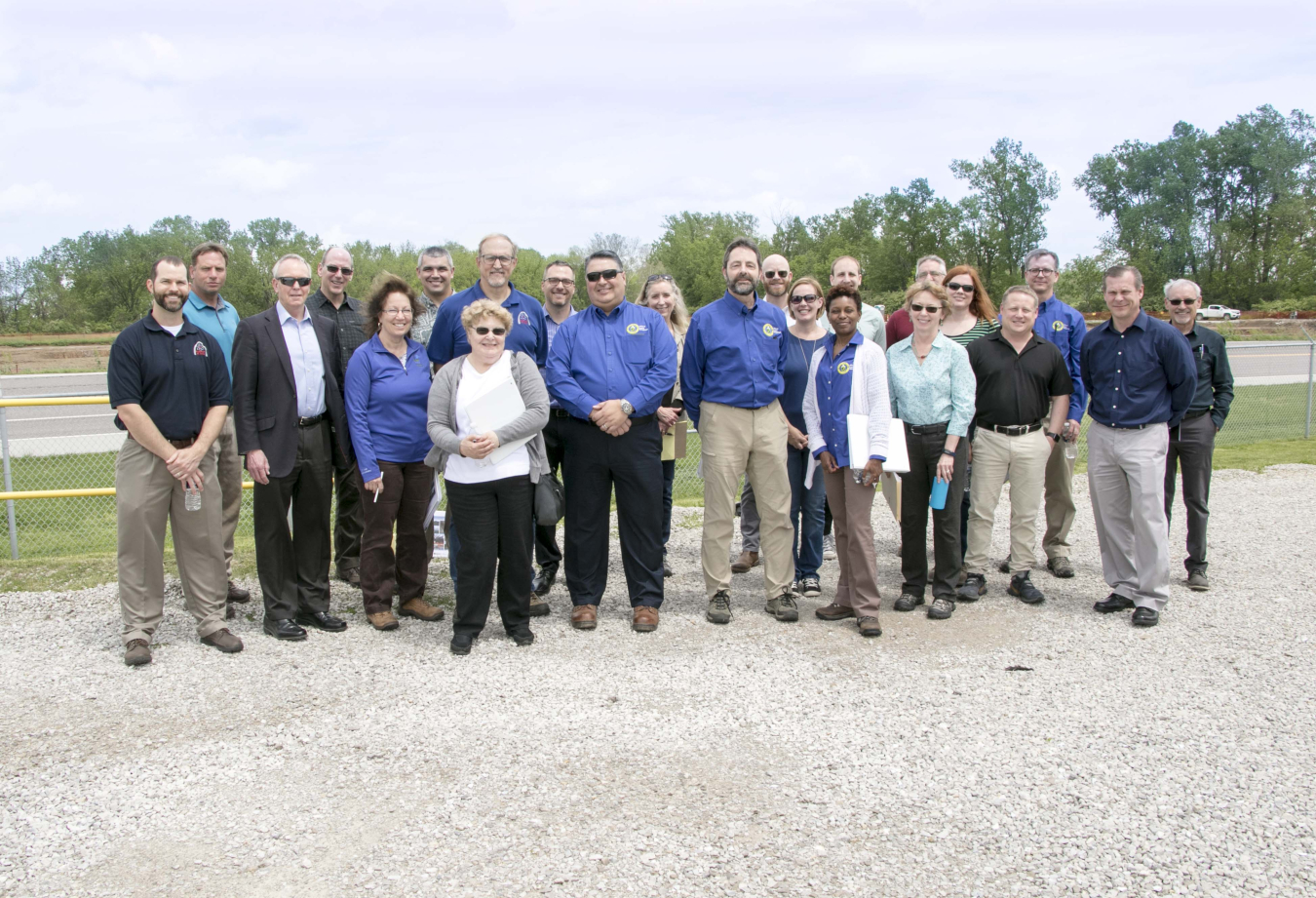A longstanding partnership between LM and the USACE is key to remediating contaminated sites across the country.
August 19, 2020
John Busse is the chief of the Environmental Support Branch within the USACE Headquarters Environmental Division.
The U.S. Army Corps of Engineers (USACE) and the U.S. Department of Energy (DOE) Office of Legacy Management (LM) have been working together for more than two decades to advance the Formerly Utilized Sites Remedial Action Program (FUSRAP), cleaning up sites with contamination resulting from the nation’s early atomic energy and weapons programs.
Through this longstanding partnership, USACE and LM continue to make progress in their collective efforts to remediate sites that can then be restored for beneficial reuse within local communities across the country.
“Our goal is to safely and efficiently clean up FUSRAP sites to ensure protection of human health and the environment,” said John Busse, the chief of the Environmental Support Branch within the USACE Headquarters Environmental Division. “Once our cleanup efforts are complete, we then transfer the sites back to LM for long-term management and stewardship.”
Busse in June was promoted to chief of the Environmental Support Branch and oversees the execution of approximately $1 billion annually in environmental service work.
In addition to the work his team performs under FUSRAP, Busse oversees the decommissioning of U.S. Army deactivated nuclear power plants, supports environmental work for all branches of the military, assists the U.S. Environmental Protection Agency (EPA) in cleaning up some of the nation’s most contaminated sites under the EPA Superfund Program. The team also supports a wide array of non-DOD agencies under the Interagency and International Support – Environmental (IIS-E) Program.
Under the IIS-E program, USACE works with the DOE Office of Environmental Management to dismantle and dispose of previously decommissioned nuclear reactors on behalf of DOE, such as a three-megawatt research reactor at the Lawrence Livermore National Laboratory in California. Additionally, USACE is providing ongoing technical support to LM for construction of the Weldon Spring Site Interpretive Center in Missouri.
“Under the IIS-E program, our assistance is customized to meet the needs of our federal partners. Our support can vary from only providing highly specific technical advice to complete program management,” explained Busse. “We are able to leverage our technical and contracting competencies across the entire USACE enterprise for our federal partners’ initiatives and quickly pull together multi-disciplinary teams with a wide variety of capabilities.”
A good example of this is USACE’s execution of FUSRAP. USACE consists of a headquarters office, geographic divisions, supported by district offices, as well as centers, labs, and active components. In total, six districts from three divisions are working on 21 active FUSRAP sites across eight states.
Busse is very familiar with working on FUSRAP at the district level. Prior to working at USACE Headquarters, he served in several roles including project engineer and manager and program manager at the USACE Buffalo District for more than eight years.
“It is so rewarding to be able to witness first-hand 20-plus years of progress within FUSRAP, going back to my days as a private consultant,” said Busse. “Increasing the efficiency and timeliness of recent site closeouts, like the Colonie Site in New York, is a direct result of strengthening the existing partnership we have with LM. Together, our collective expertise will continue to streamline the site closeout and transfer process.”

Attendees of the St. Louis Area FUSRAP Tour at the St. Louis Airport Site on May 8, 2019.
Ensuring a common operating picture is critical in executing FUSRAP. This is accomplished through interagency work groups for each of the 21 active FUSRAP sites.
“Regular communication and meeting together annually help ensure that we have everyone in the room when we are discussing these projects,” said FUSRAP National Program Manager Nicki Fatherly, with the USACE Headquarters Environmental Division. “Using interagency work groups to tackle difficult issues enables constructive dialogue between us, which improves the site transfer process.”
Fatherly has been providing national-level programmatic leadership for FUSRAP for nine years. In her position, she champions this program at the USACE Headquarters level. She develops and defends national program budget development and oversees program execution performance metrics in close coordination with USACE divisions and districts. She is also the primary point of contact for LM HQ staff.
“As we are completing cleanup efforts on FUSRAP sites and transferring them back to LM, there is also ongoing, concurrent coordination to assist LM in identifying and facilitating beneficial reuse for these properties where possible,” said Fatherly. “So, while we continue to make progress, there is also more work to be done and together, we will continue to accomplish the mission.”

